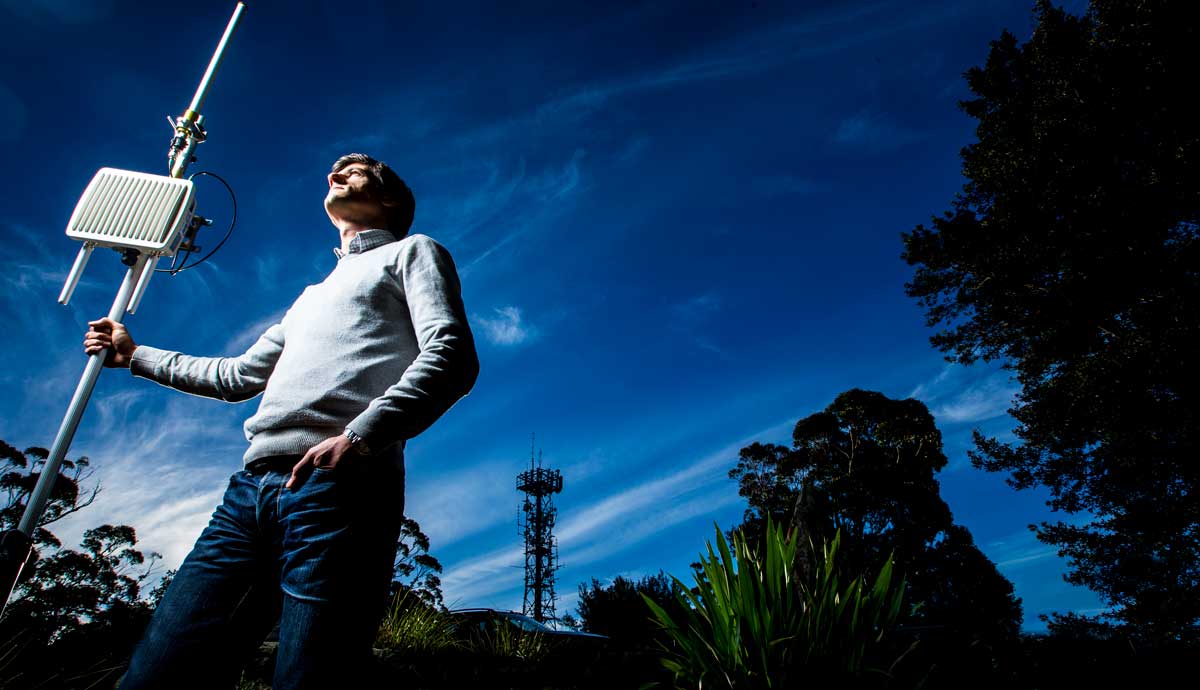August 24, 2017
Community support for smart cities project
Local governments and University project to make the region smarter
The Illawarra Pilot Joint Organisation, comprising Wollongong, Shellharbour, Kiama and Shoalhaven Councils and the University of Wollongong’s SMART Infrastructure Facility has applied for $3 million in Federal funding for the Smart Illawarra and Shoalhaven project.
The project will link Wollongong, Shellharbour, Kiama and the Shoalhaven as smart cities, becoming one large regional Digital Living Lab, coordinated by SMART at the University of Wollongong.
The aim – according to grant co-ordinator Mike Dowd – is to connect the entire region, with the backing of local businesses and communities to create smart, interconnected solutions in order to improve our daily lives.
The lead project will be a smart parking initiative to install intelligent electronic signs at the gateways to Wollongong CBD, telling motorists about the availability of free spaces in public and private car parking stations.
“You will be able to see which parking station has spaces so you can make early decision on where to park, saving time congestion and improving safety in the city centre,” Mr Dowd, manager of infrastructure, strategy and planning at Wollongong City Council, said.
The city has already partnered with the SMART Infrastructure Facility at the University of Wollongong to create a Digital Living Lab through a network of gateways and sensors across the city.
The first such network was set up in Amsterdam in 2015, and similar networks now serve a community of almost 16,000 people in 200 cities, including Wollongong, Sydney, Melbourne, Adelaide and Perth.
The cost is low, there is no need to involve telecommunications corporations, the sensors can cost as little as $30 each and can continue transmitting for three years or more on the power of a AAA battery.
While the gateways will never handle large bundles of data like movie downloads, they are ideal for small packets of information coming from many information points.
If the grant is successful all Illawarra councils will be working collaboratively with SMART and each other to expand the network of gateways and deliver innovative pilot projects using smart technologies.
Both Wollongong and Shellharbour plan pilot projects to measure and predict flooding using a network of sensors.
This will include monitoring of the sand berm – or sand bar – that creates the lagoon at North Wollongong, and when it needs to be artificially opened to prevent flooding.
Kiama Municipal Council is partnering with an aged care provider to use sensors to monitor the activity of elderly people at risk – becoming aware when the open the fridge or bathroom door, for example.
Shoalhaven City Council is looking at monitoring the chlorine levels of drinking water through its pipes.
SMART director Professor Pascal Perez said interest in smart cities had exploded in the last few years.
They have the potential to cut costs for councils, or for governments, in managing and maintaining our cities.
“It’s not replacing people but it allows councils to far better manage their resources,” Professor Perez said.
“If we need smart cities to be a real revolution, we need to focus beyond productivity and also look at liveability.
“We need to come up with ideas that make people’s lives better. We need to have applications that talk to people’s daily lives.
“What makes this bid unique is the backing of business and local communities through the Digital Living Lab.
“Those businesses and associations are already developing ‘liveability-driven’ smart solutions, in order to improve our daily lives.”
